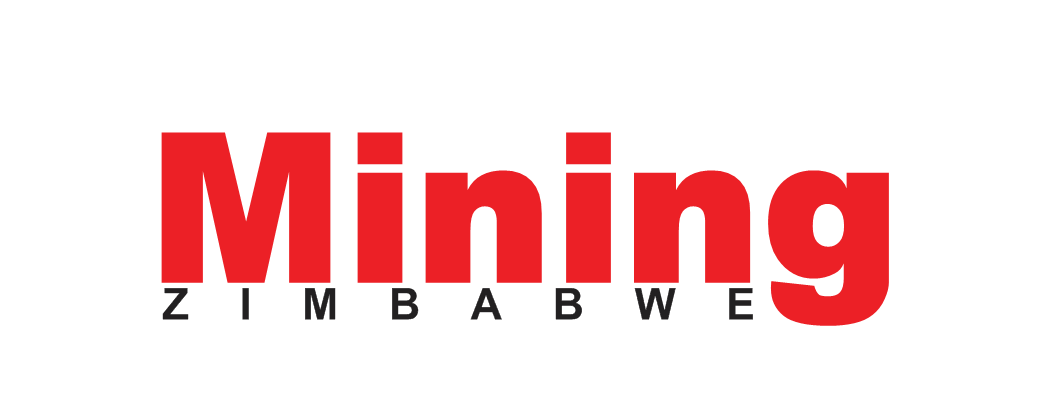Govt taking measures to support iron and steel industry

Zimbabwe’s government is actively supporting the iron and steel industry to boost local production, scrap metal processing, and infrastructure development at lower costs, Chief Director in the Ministry of Industry and Commerce Dr Douglas Runyowa has said.
Rudairo Mapuranga
Speaking at the inaugural ceremony of the Strategic Leadership Association for Zimbabwe Engineering Iron and Steel industry (Slazeisi) Dr Runyowa said the government is working on the achievement of higher levels of economic productivity through diversification, technological upgrading and innovation, with a focus on high value-added and labour-intensive sectors.
“In order to achieve the targets set out in NDS1, the Government is working on the achievement of higher levels of economic productivity through diversification, technological upgrading and innovation, with a focus on high value-added and labour-intensive sectors; and The process of rebalancing the economy and reverse the structural regression is central to stimulating inclusive and sustained growth pattern that enables more people to benefit from higher productivity levels in more advanced segments of the economy.
“Government is taking deliberate efforts to support the Iron and Steel and General Engineering Industry in order to achieve the following:-
- Increased availability of locally produced iron and steel products; and
- Increased processing of scrap metal,” Dr Runyowa said.
He said that the government has created strategies to resuscitate the iron and steel industry through His Excellency Emmerson Mnangagwa’s open-for-business mantra.
“The following strategies are being implemented in order to resuscitate the iron and steel and general engineering industry:-
- Secure investors in the iron and steel industry
- Resuscitate steel foundries and use of modern technologies in the sector;
- Process scrap metals into new steel products;
- Strictly controlling scrap metal exports to ensure adequate throughput to domestic foundries;
- Promotion of manufacturing of steel billets from scrap metal;
- Facilitate the increased supply of coal and electricity to the iron and steel industry;
- Enhance coke production for local foundries; and
- Resuscitate the machine tools and accessories manufacturing subsector” he said.
Speaking at the same event SLAZEISI Chairperson Canaan Dube said his Association was taking measures to create a vibrant, dynamic and competitive sector anchored on smart and strategic value chain linkages that fully embrace adaptive and smart technologies to the local industry so as to produce world-class iron and steel products.
He said Slazeisi was going to fetch an annual revenue of over USD6 billion annually by 2026 and the same time directly employ 50 000 people by the same year.
“Our vision is to be a vibrant, dynamic and competitive sector anchored on smart and strategic value chain linkages that fully embrace adaptive and smart technologies to locally and sustainably produce world-class value-added engineering, iron and steel products and services, thereby generating USD 6 Billion annually and employing 50,000 people by “2026” and to be the preferred provider of high quality and globally competitive value-added engineering, iron and steel products and services for the domestic and regional market through the use of smart, sustainable and locally adapted technologies to create employment for the nation and improve the country’s Gross Domestic Product,” Dube said.
Key pillars for success
- A strong primary and secondary steel production cluster with adequate capacity to supply globally competitive products to supply the down-stream industry
- Use of locally adaptive but globally competitive technologies for value addition throughout the value chain
- Identification of attractive and strategic value chains with great impact at the sectorial level and the creation of dynamic and functional value chain linkages to produce globally competitive value-added engineering, iron and steel products.
- Securing viable funding for value chains with strong business cases and establishing innovative and dynamic ways of minimizing risk and exposure of investment funders and businesses by creating and guaranteeing a business-friendly environment –ENABLING ENVIRONMENT
- A strong and dynamic human capital base to produce competent and adequate skills for the strategic value chains of the sector
- Strong and dynamic sector representation and support pillars for advocacy, marketing, business support network and benchmarking
- Establishment of a dynamic, inclusive and effective implementation strategy with the participation of key stakeholders like firms, professional bodies, sector representative bodies, MSMEs, R&D, Academia, Energy and Power Suppliers, Technology Suppliers, Government Departments; Funding Institutions, etc. The Result Oriented Implementation Strategy shall be underwritten by Sector Strategy Implementation Coalition Agreements.
- A Business-Friendly Operating Environment Based on Business-Friendly Policies
- Monitoring, Evaluation and Review of Sector Strategy Implementation
Strategies to meet the targets
- Establish stable and sufficient primary steel and other basic materials production capacity to meet the present and future needs of the sector –To address the SCARCE RAW MATERIALS & FOREX NEEDS FOR IMPORTING THE SAME
- Establish a well-defined, transparent and Local Scrap Value Chain that ensures maximum utilisation of local scrap for the local industry to increase capacity utilization of subsectors such as primary steel production and foundries. SCRAP EXPORTS A HOT ISSUE
- Import Substitution and Exports promotion for engineering, iron and steel products and services: LOW EXPORTS & HUGE INFLUX OF IMPORTS –EXPORT CONSTRAINTS A HOT ISSUE
- Strengthening and Capacitation of Industry representing institutions for advocacy work; performance monitoring and review: ENABLE GOOD GOVERNANCE AND SYNERGIES
- Establish robust and inclusive funding facilities for CAPEX and Working Capita for the attractive and strategic local engineering, iron and steel value chains: OBSOLETE TECHNOLOGY AND LACK OF WORKING CAPITAL THROTTLING COMPETITIVENESS AND CAPACITY UTILISATION
- Human capital development through synergies with training institutions and technology suppliers to enhance competitiveness: LACK OF INNOVATION; R&D AND COLLABORATION BETWEEN INDUSTRY AND TRAINING AND ACADEMIC INSTITUTIONS
- Inclusion of MSMEs and Formalization of the EIS Informal Sector:



